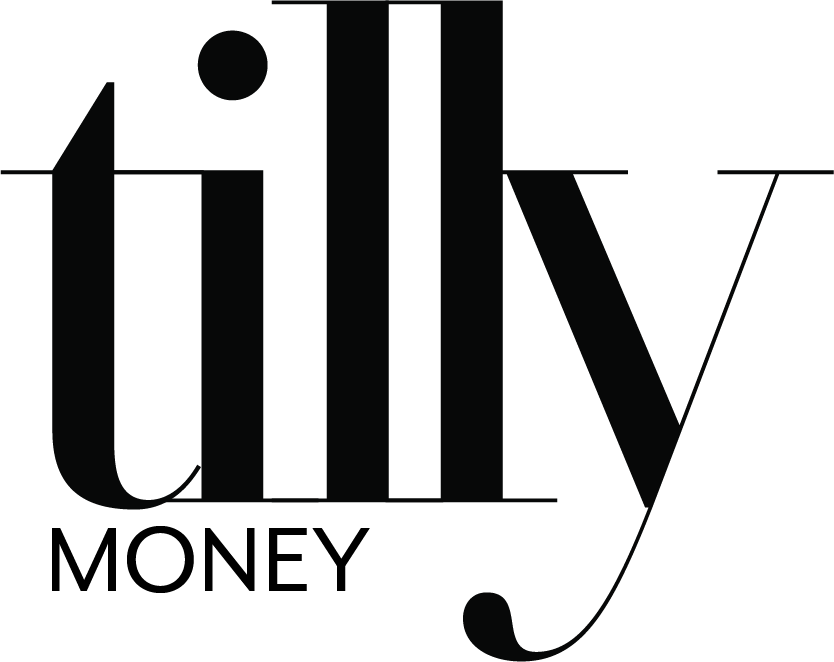Gone are the days of reciting your monthly expenses off the top of your head and manually filling them out into a budgeting app or writing them down in a notebook. While the feelings of accomplishment and productivity that come with physically logging things in a notebook are still unmatched, it’s hard to constantly update and keep on top of every aspect of your financial landscape.
This is why tech companies, banks and other financial institutions have joined forces to create a number of apps with financial wellbeing as a priority. The future of banking will combine your income from a range of streams (from wages to interest to stocks), as well as your outgoings (regular bills and subscriptions). It’s even getting to the stage where you can track your superannuation, loyalty cards and more from one simple app.
The future of these finance apps is still in development, but here are 4 you can download right now that place a priority on budgeting and creating a more rounded overview of your personal financial landscape:
-
Moneytree
Moneytree allows you to connect every aspect of your financial landscape in the one place so you can better manage your incomings and outgoings and become more aware of your personal financial landscape.
You can connect your bank accounts from different institutions, credit cards, regular bill payments, your stocks (if you invest in the stock market) and even your loyalty points in the one place (they’ll also alert you when they’re about to expire!).
The app is free to download but there are 2 in-app purchases that you can upgrade to.
-
Frollo
Frollo allows customers to connect their bills and subscriptions, adjust their budgets and set goals for personal financing. In addition, you can connect your bank account, savings account, credit card and loans.
All your accounts are available to view in one place on the dashboard and your expenses can all be grouped together into categories so you can see where you’re spending the most and what you may need to cut down on. You will be notified of upcoming bills and subscription payments and can easily set and track your budgets.
Frollo also offers personalised savings tips and insights based off your monthly spending to help you get on top of your finances.
What separates Frollo from the rest is that it is one of two organisations in Australia that was approved to operate under the Open Banking legal structure (Tilly Money will talk more about Open Banking further down the track ). Frollo aims to use Open Banking to “leverage the benefits of behavioural economics, artificial intelligence and better data to help even more Australians feel good about money”. But Open Banking is very new (only starting out on 1 July 2020) and allows your bank to share your data (with your consent). While it has been tested enough for government approval, Frollo is one of just two apps (the other being Regional Australia Bank) to be the first to use the Open Banking structure so its ‘newness’ may be off putting to some.
-
Moneybrilliant
Moneybrilliant is rated in the top 50 finance apps on the App Store.
Moneybrilliant has the same features as all these apps by allowing you to connect your financial institutions (over 200), categorise your transactions, add your bills (and be alerted when they’re due) and create budgets that track your progress (you’ll also receive a monthly progress report).
They also have a tax feature that tracks your tax deductions throughout the year and creates an end of year summary report for you to give to your accountant or put your tax deductions through yourself.
There’s also a ‘People Like Me’ feature that allows you to compare your spending and income with people who share a similar demographic to you.
The “Optimise My Banking” feature constantly compares banking products that could be cheaper or would earn you the best interest rate for savings, transactions, credit cards, and even your gas and electricity bills! MoneyBrilliant is owned by AMP.
It is free to use for 30 days and then there’s a monthly subscription fee.
-
Pocketbook
Pocketbook is among the more popular financial wellbeing apps, with more than 800,000 users in Australia and an award-winning reputation. Pocketbook was acquired by Zip in 2016 and has grown to become Australia’s largest personal finance management app.
Again, you can link your bank accounts, categorise and track your transactions, create budgets and financial goals, as well as discover tips and tricks within the app that can help save you money. You get reminders when a bill is due or when it will be debited from your account.
Pocketbook are introducing upcoming features like daily spend reminders, saving secrets and a financial health score.
You can even add images and geo-locations of where you spent your money, your receipts, your bills and your invoices.
You can also connect your superannuation and investment accounts (if you buy shares).
Important: This content has been prepared without taking account of the objectives, financial situation or needs of any particular individual. It does not constitute formal advice. Consider the appropriateness of the information in regard to your circumstances.




